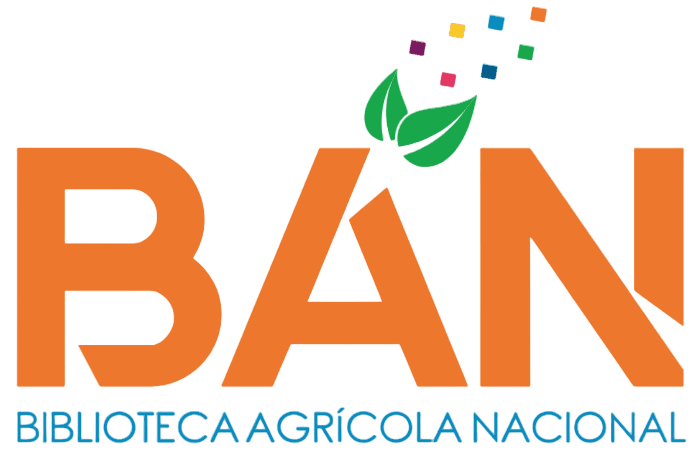Fenología y rendimiento de líneas promisorias de arveja (Pisum sativum L.) de la cruza Rondo x Usui en costa central
Loading...
Código QR
Authors
Andrade Aguilar, Joshua Isaac
Contact Email
Abstract
La arveja (Pisum sativum L.) es la tercera leguminosa más cultivada en el Perú, y su producción es limitada por uso de semillas de baja calidad. La investigación desarrollada en el Programa de Investigación y Proyección Social en Leguminosas de Grano y Oleaginosas (PLGO) de la UNALM entre junio y octubre del 2022, tuvo como objetivo evaluar el desarrollo fenológico y los componentes del rendimiento en grano verde y seco de cuatro líneas promisorias de arveja F9 provenientes de la cruza Rondo x Usui. El ensayo se estableció bajo un diseño de bloques completamente al azar con seis tratamientos y tres repeticiones, evaluando la fase vegetativa y productiva de las líneas de arveja, componentes del rendimiento en grano verde (longitud de vaina, ancho de vaina, número de granos por vaina, peso de vaina, peso de vaina por planta, relación del peso grano/vaina), en grano seco (altura de planta, número de ramas, nudos hasta la primera vaina, vainas por inflorescencia, vainas por planta, lóculos por vaina y peso de 100 granos) y variables cualitativas como textura de semilla, color de testa, color del hilio y flor. Se hizo el análisis estadístico de acuerdo al diseño y se utilizó la prueba de comparación de medias de Duncan con un nivel de significación de 0.05. Las líneas L1 y L3 fueron más precoces con 101 días a madurez fisiológica y 130 días a madurez completa. La línea L4 presentó mayor potencial en rendimiento en verde con 13.16 t/ha, mientras que la línea L1 destaco en rendimiento en grano seco con 1.74 t/ha. Todas las líneas promisorias presentaron un potencial de crecimiento tipo enrame y textura rugosa.
Pea (Pisum sativum L.) is the third most cultivated legume in Peru, and its production is limited by the use of low-quality seeds. The research developed in the Research and Social Projection Program on Grain and Oilseed Legumes (PLGO) of UNALM between June and October 2022, aimed to evaluate the phenological development and the yield components in green and dry grain of four promising F9 pea lines from the Rondo x Usui cross. The trial was established under a completely randomized block design with six treatments and three replications, evaluating the vegetative and productive phase of the pea lines, components of green grain yield (pod length, pod width, number of grains per pod, pod weight, pod weight per plant, grain/pod weight ratio), dry grain (plant height, number of branches, nodes to the first pod, pods per inflorescence, pods per plant, locules per pod and weight of 100 grains) and qualitative variables such as seed texture, testa color, hilum color and flower. Statistical analysis was done according to the design and Duncan's mean comparison test was used with a significance level of 0.05. Lines L1 and L3 were earlier with 101 days to physiological maturity and 130 days to full maturity. The L4 line showed the greatest potential in green yield with 13.16 t/ha, while the L1 line stood out in dry grain yield with 1.74 t/ha. All promising lines showed a potential for climbing growth and rough texture.
Pea (Pisum sativum L.) is the third most cultivated legume in Peru, and its production is limited by the use of low-quality seeds. The research developed in the Research and Social Projection Program on Grain and Oilseed Legumes (PLGO) of UNALM between June and October 2022, aimed to evaluate the phenological development and the yield components in green and dry grain of four promising F9 pea lines from the Rondo x Usui cross. The trial was established under a completely randomized block design with six treatments and three replications, evaluating the vegetative and productive phase of the pea lines, components of green grain yield (pod length, pod width, number of grains per pod, pod weight, pod weight per plant, grain/pod weight ratio), dry grain (plant height, number of branches, nodes to the first pod, pods per inflorescence, pods per plant, locules per pod and weight of 100 grains) and qualitative variables such as seed texture, testa color, hilum color and flower. Statistical analysis was done according to the design and Duncan's mean comparison test was used with a significance level of 0.05. Lines L1 and L3 were earlier with 101 days to physiological maturity and 130 days to full maturity. The L4 line showed the greatest potential in green yield with 13.16 t/ha, while the L1 line stood out in dry grain yield with 1.74 t/ha. All promising lines showed a potential for climbing growth and rough texture.
Description
Universidad Nacional Agraria La Molina. Facultad de Agronomía. Departamento Académico de Fitotecnia
Keywords
Variedades
Citation
Date
2025
Collections
Seleccionar año de consulta:
Licencia de uso

Excepto si se señala otra cosa, la licencia del ítem se describe como info:eu-repo/semantics/openAccess

